Chess: a game of kings, queens, and strategic nous that’s outlasted empires and inspired everything from Renaissance paintings to Netflix dramas. Its roots stretch back to ancient India, but over the centuries this strategy staple has swept across continents, evolving into a global obsession that spans park benches, living rooms, and international arenas.
From symbolic showdowns to high-tech tournaments, chess is far more than a pastime – it’s a cultural icon and a cerebral battlefield. But how did it all begin? And what keeps the world hooked, move after move? Let’s find out.
Regal Roots
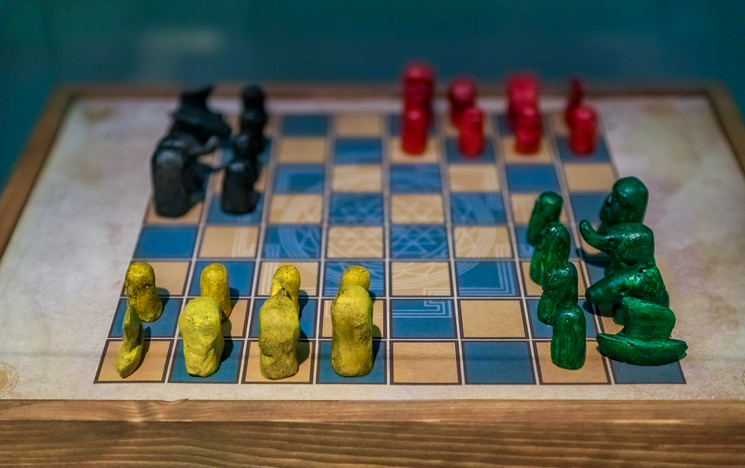
An antique chaturanga game board (Credit: SvetlanaSF via Getty Images)
The earliest ancestor of chess is widely believed to be chaturanga, a strategic board game known to have been popular in parts of India around the 7th century. The term roughly translates to “four divisions” – infantry, cavalry, elephants, and chariots – mirroring the four arms of an Indian army. The game was played on an 8×8 board, and while the rules differed from modern chess, many core concepts remain recognisable, such as a moveable king and piece-specific strategies.
The prevailing theory is that chaturanga spread westward along trade routes, gradually evolving as it encountered new cultures and rulesets. The journey was far from a straight path – but more on that in a moment.
Persia and the Rise of Shatranj
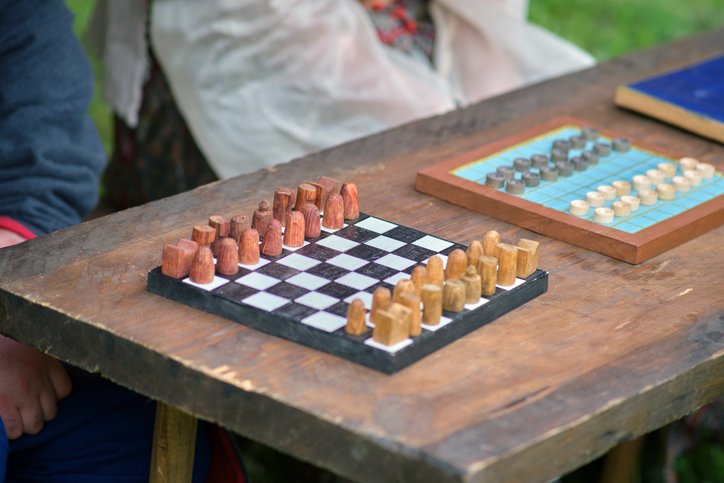
An ancient shatranj game board from Persia (Credit: Andrey Zhuravlev via Getty Images)
As chaturanga travelled into Persia, it’s believed to have evolved, eventually becoming the game shatranj. Indeed, shatranj shares many similarities with chaturanga, seemingly adopting much of the same gameplay but with adapted terminology. For instance, the king became the shah, and when he was under threat, the warning was given with “shah mat,” meaning “the king is helpless” – from which the modern term “checkmate” is derived.
Shatranj was already popular by the time of the Islamic conquest of Persia in the 7th century. The Islamic world embraced the game with enthusiasm, both as an intellectual pursuit and a source of poetic metaphor. Caliphs and courtiers played it, chroniclers analysed it, and some of the earliest recorded chess problems emerged from this golden age of gameplay.
Interestingly, opinion on chess during this period was not always in its favour. Some scholars criticised its links to gambling and its distracting allure. Nonetheless, the game’s appeal proved difficult to suppress, and it continued its westward crawl.
Across Moorish Spain and into Medieval Europe
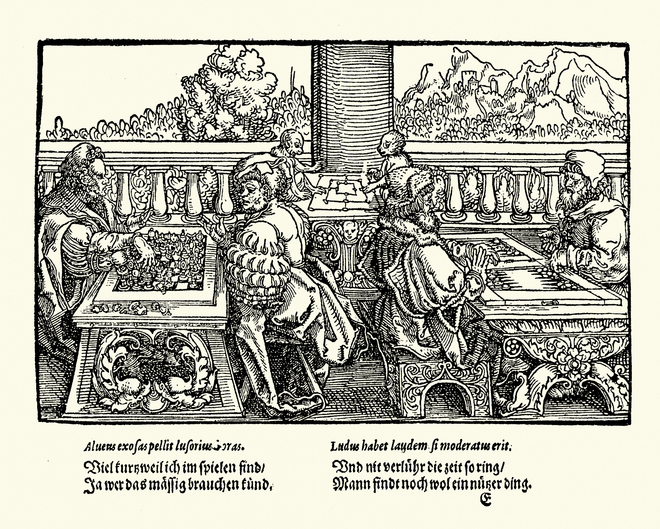
15th century chess, from the Book of Fortune by Hans Burgkmair (Credit: duncan1890 via Getty Images)
By the 9th century, shatranj had made its move into Europe via Moorish Spain, entering through the cultural melting pots of Andalusia and Sicily. From there, it infiltrated the courts and monasteries of medieval Christendom.
In these early European forms, chess remained close to its Islamic and Persian roots, but by the 12th century, the game had begun to take on local characteristics. The European adaptation witnessed one of the most dramatic shifts in the 15th century with the introduction of a new piece: the queen. Replacing a relatively weak piece known as the “counsellor,” the queen became the most powerful piece on the board, capable of sweeping moves across ranks, files, and diagonals.
Another major development was the bishop’s enhancement. Once a piece with limited movement (sometimes symbolised as an elephant), the bishop gained its modern diagonal powers in this same period. These changes created a faster-paced, more dynamic game, helping to cement the version of chess known today. By the late 15th century, this reimagined variant – often dubbed “modern chess” – had eclipsed earlier forms, becoming standard across Europe.
The Birth of Chess Theory and Competitive Play

Wilhelm Steinitz the first official World Chess Champion, 1886 - 1894 (Credit: duncan1890 via Getty Images)
The Renaissance sparked renewed interest in systematic thought, and chess was no exception. Players began to document strategies, openings, and positions. One of the earliest known works on chess strategy, Luis Ramírez de Lucena’s “Repetición de Amores y Arte de Ajedrez” (1497), laid the groundwork for centuries of theoretical development.
Over time, formal play emerged, with tournaments, rating systems, and chess clubs multiplying across Europe. The 19th century, in particular, became something of a golden age. This was the era of Paul Morphy, the American prodigy often described as the first unofficial world champion, whose flamboyant attacks dazzled opponents across continents.
The establishment of the first official World Chess Championship in 1886, contested between Wilhelm Steinitz and Johannes Zukertort, marked a new chapter. Steinitz’s victory introduced an emphasis on positional play and strategy over pure tactics – a knightly nod to nuance, if you will.
Chess Meets the Machine Age
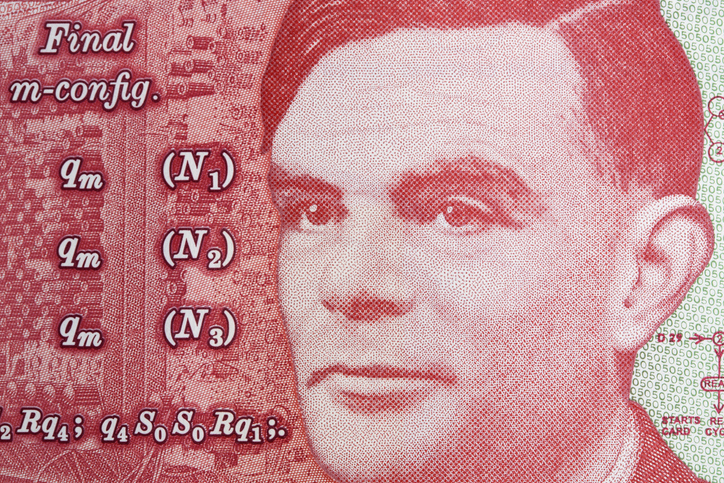
Alan Turing devised a complex computer algorithm designed to play chess (Credit: johan10 via Getty Images)
The 20th century saw chess become a Cold War battleground, symbolically at least. The Soviet Union treated the game as a matter of national pride, investing heavily in training programmes and producing a generation of dominant players, from Mikhail Botvinnik to Garry Kasparov.
Meanwhile, computers were quietly preparing to change the game forever. In 1950, Alan Turing designed an algorithm intended to play chess, albeit long before modern hardware could make it a reality. Yet as computing power grew, so did machine capability. By the 1980s and 1990s, chess engines like Fritz and Chessmaster had entered the scene.
A pivotal moment came in 1997, when IBM’s Deep Blue defeated reigning world champion Garry Kasparov in a six-game match. While controversial at the time, the event marked a watershed: artificial intelligence could now not just compete with, but surpass, the human mind in a game of vast complexity.
The Digital Age and Online Renaissance
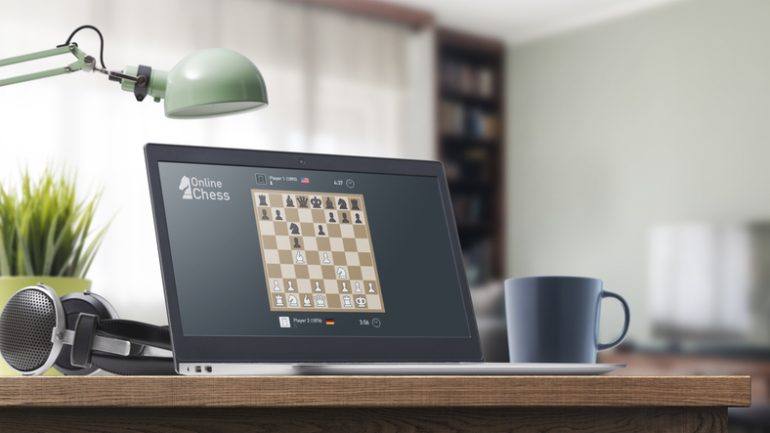
From the sixth century to the digital age (Credit: cyano66 via Getty Images)
Today, chess lives not only in grand halls and quiet libraries, but across screens, streams, and apps. The arrival of online platforms such as Chess.com, Lichess, and Twitch broadcasts has turned an age-old game into a global spectator sport.
The COVID-19 pandemic, rather unexpectedly, triggered a surge in interest. Trapped indoors, many rediscovered the game, either through digital platforms or via popular culture: The Queen’s Gambit series on Netflix played no small part in that.
A Game that Refuses to Stand Still
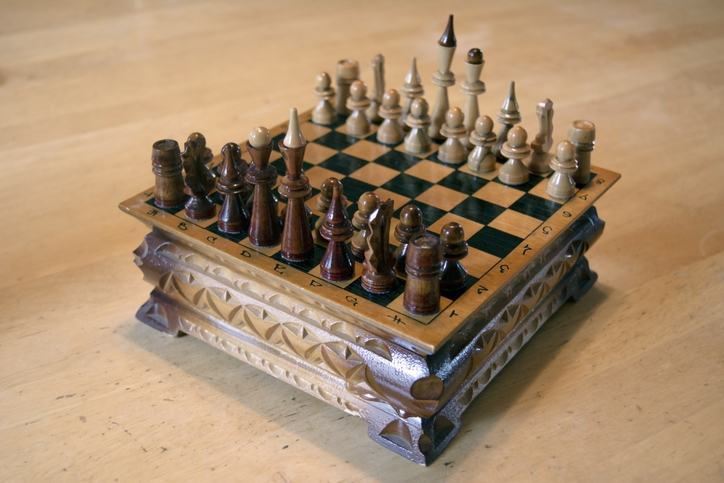
Checkmate! (Credit: ryan_thibodeau via Getty Images)
Chess is often described as a war in miniature, but its history is more than just metaphor – it’s a chronicle of adaptation, innovation, and longevity. From ancient armies carved in ivory to algorithms made of code, it has survived cultural shifts, political upheavals, and technological revolutions. Every year brings new champions, new theories, and even new variants, and whether on analogue boards or digital ones, it’s clear this ancient game continues to evolve into the future.












